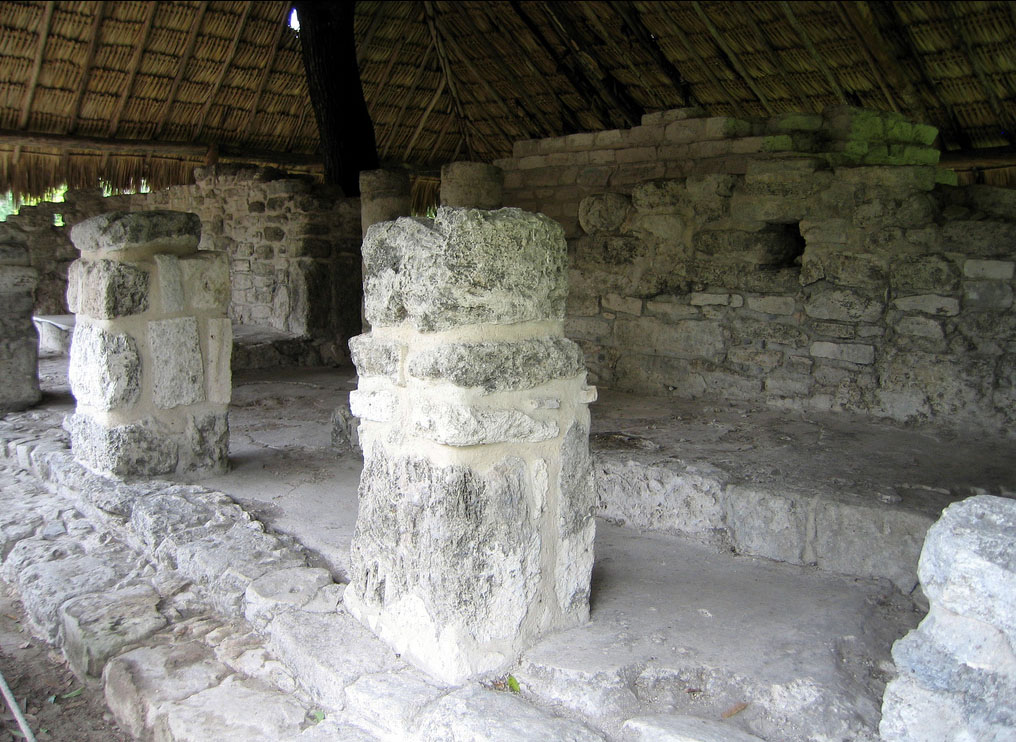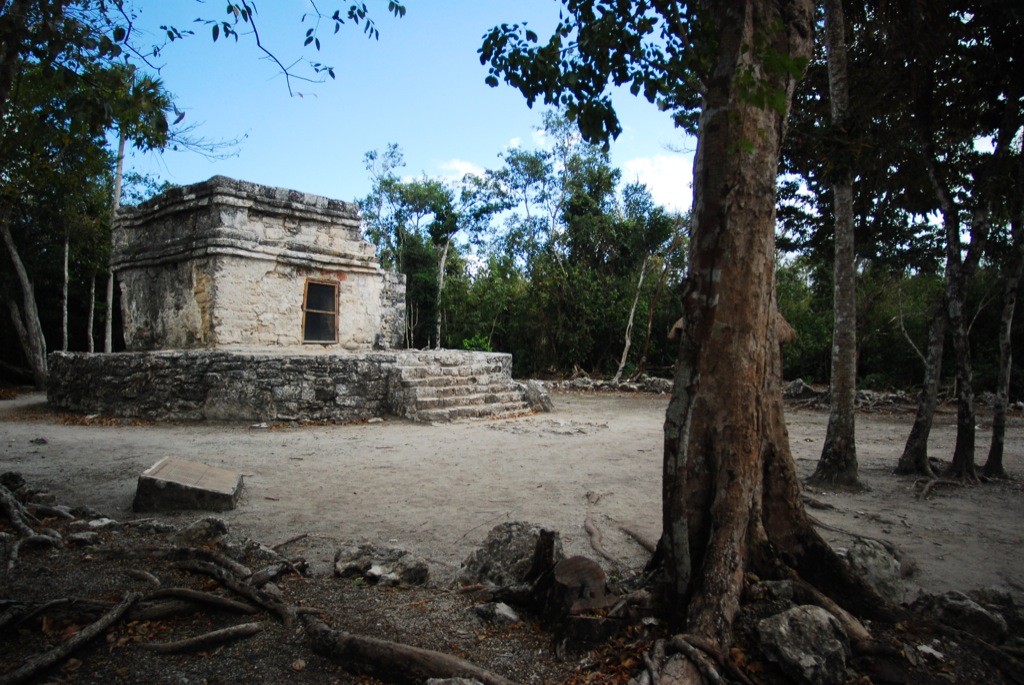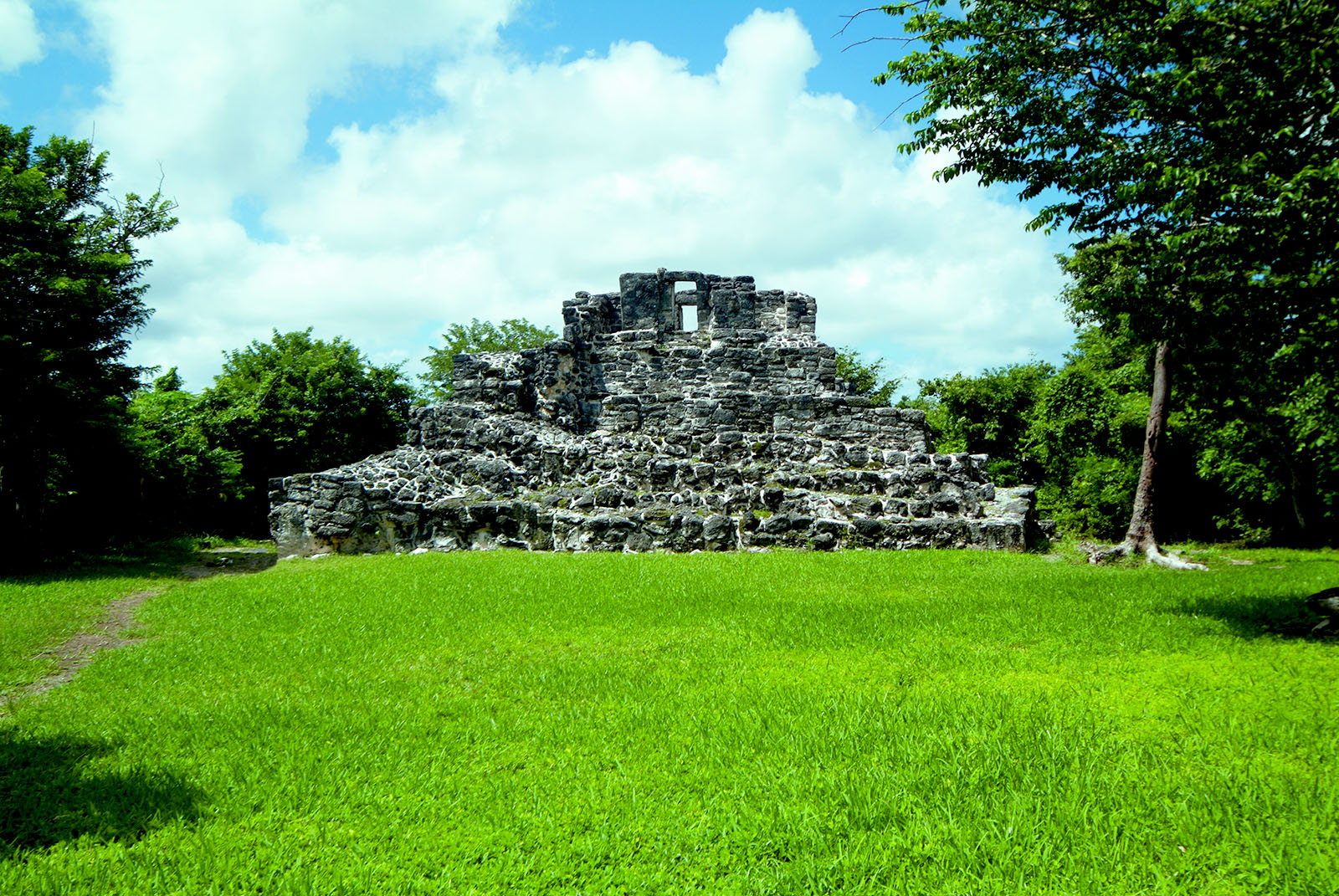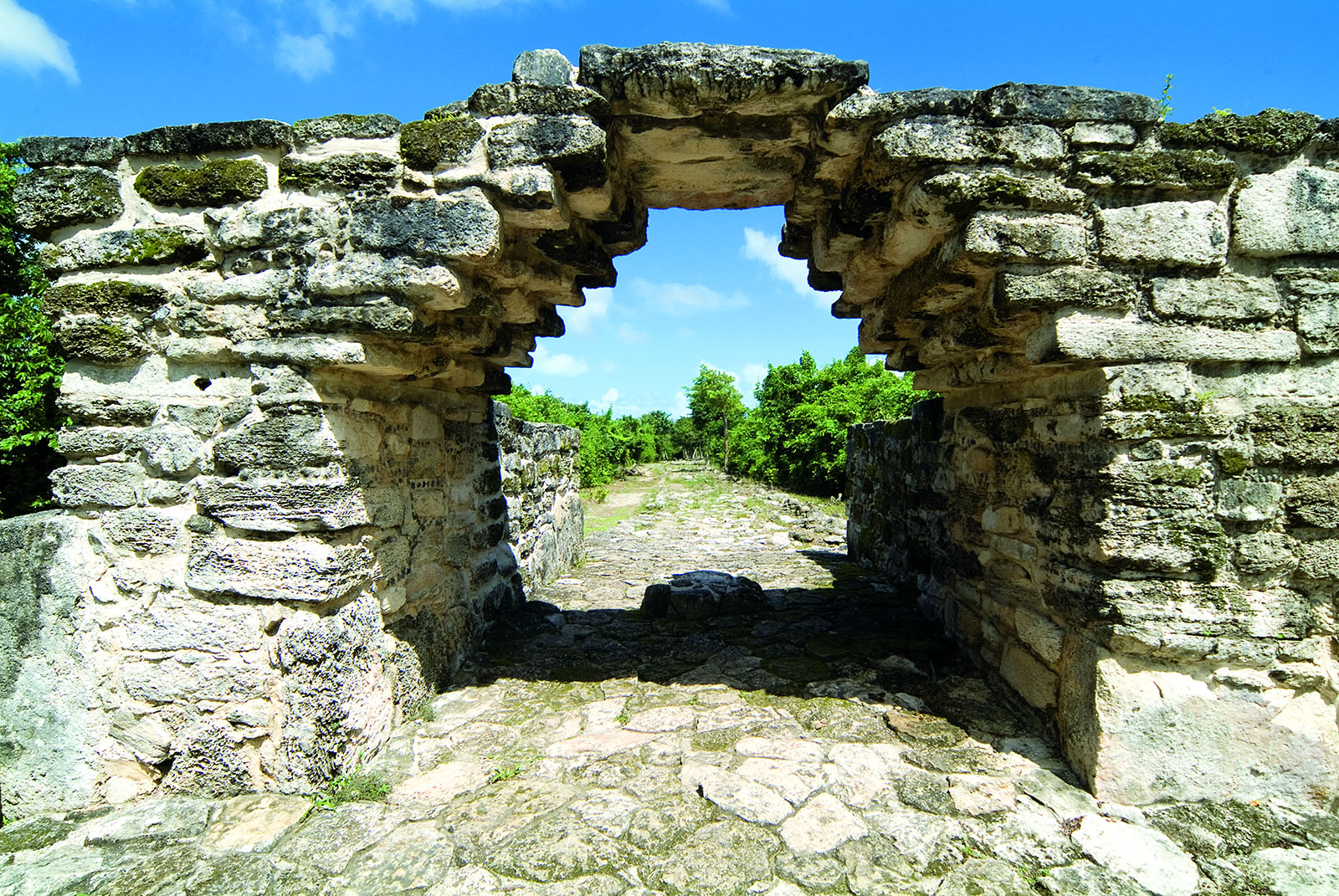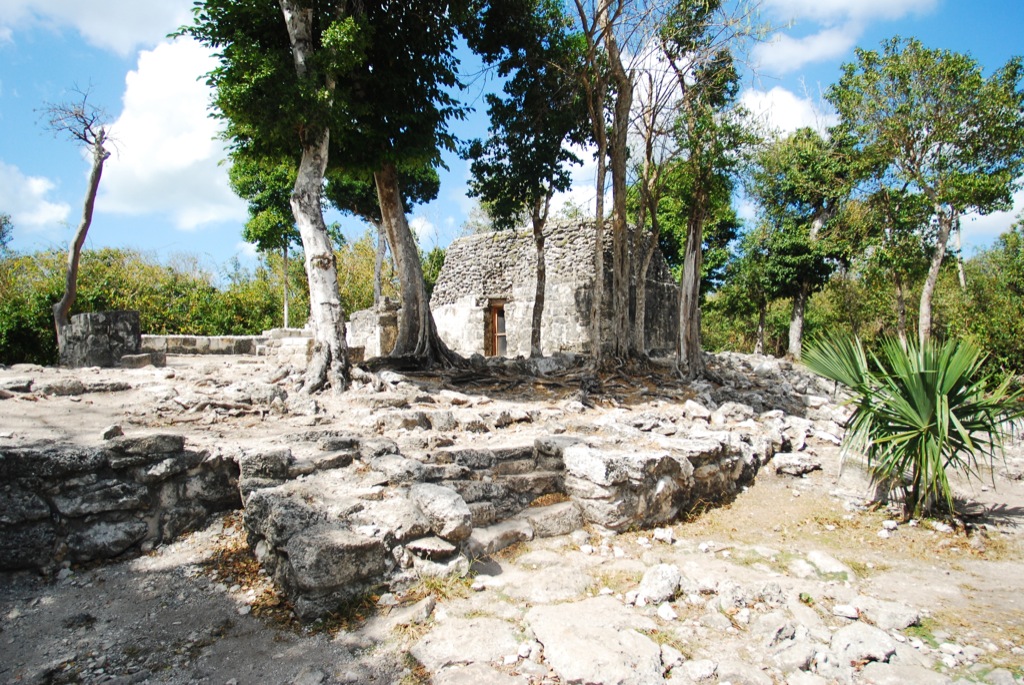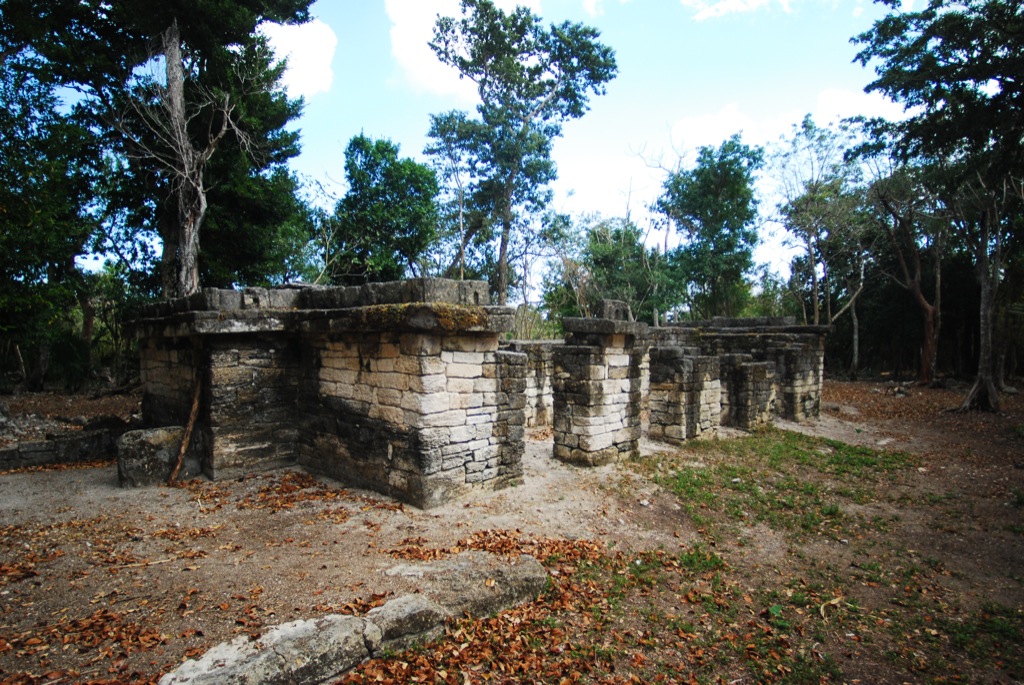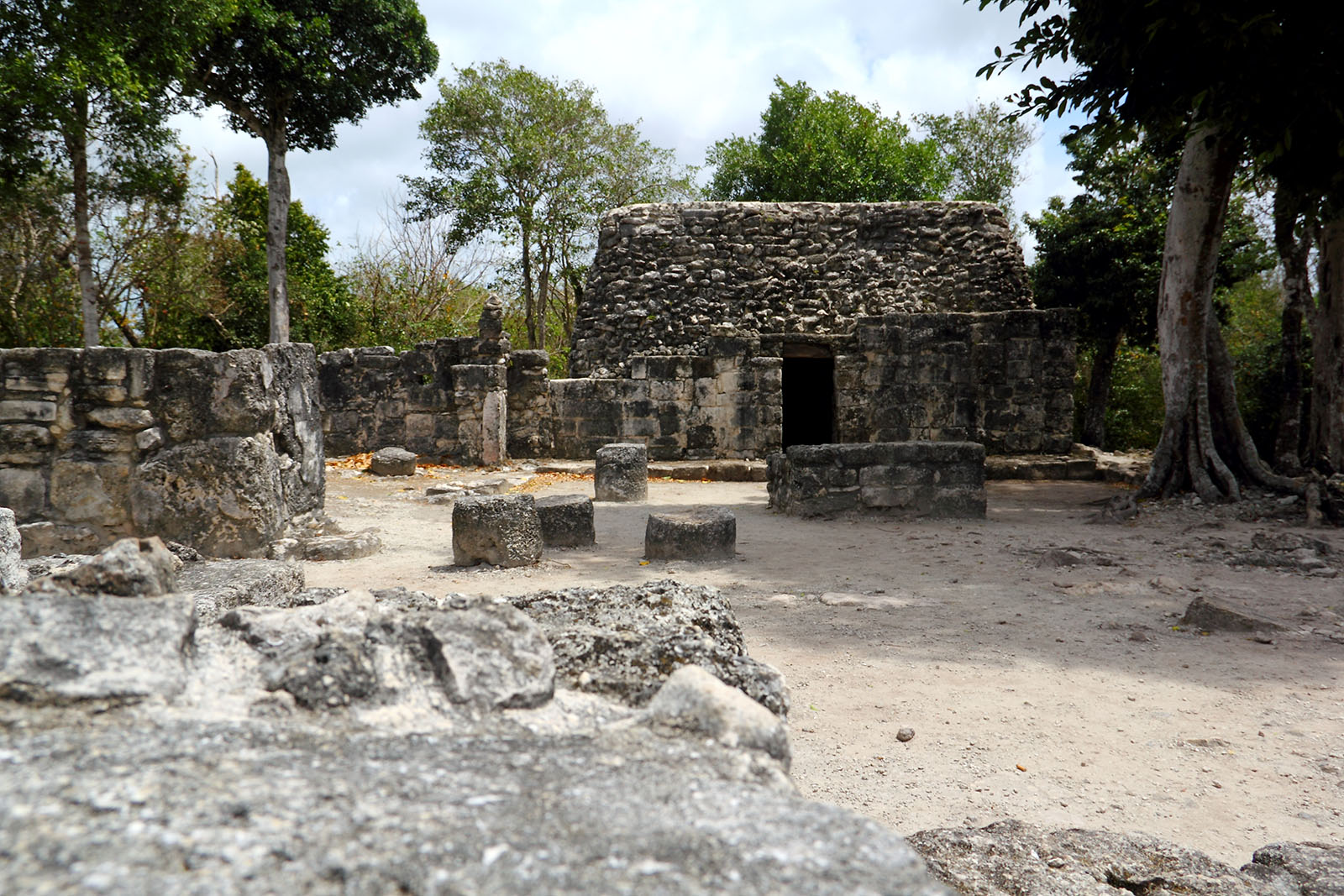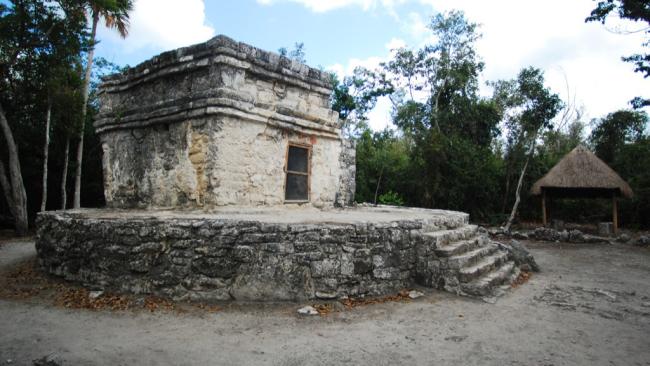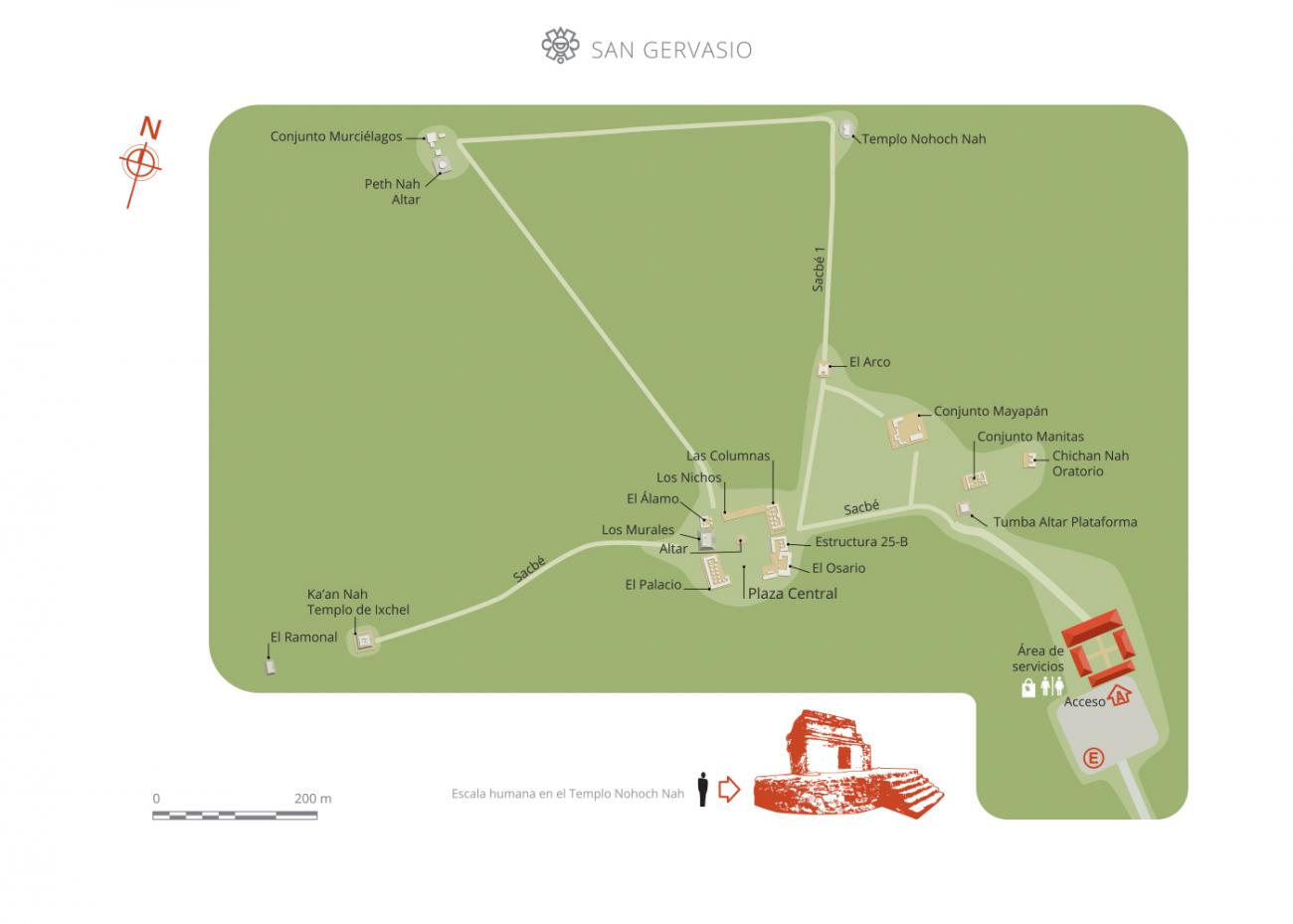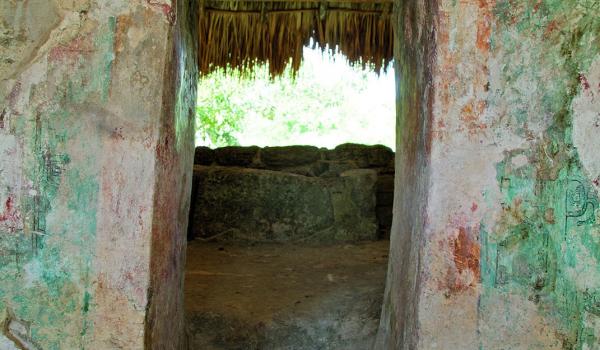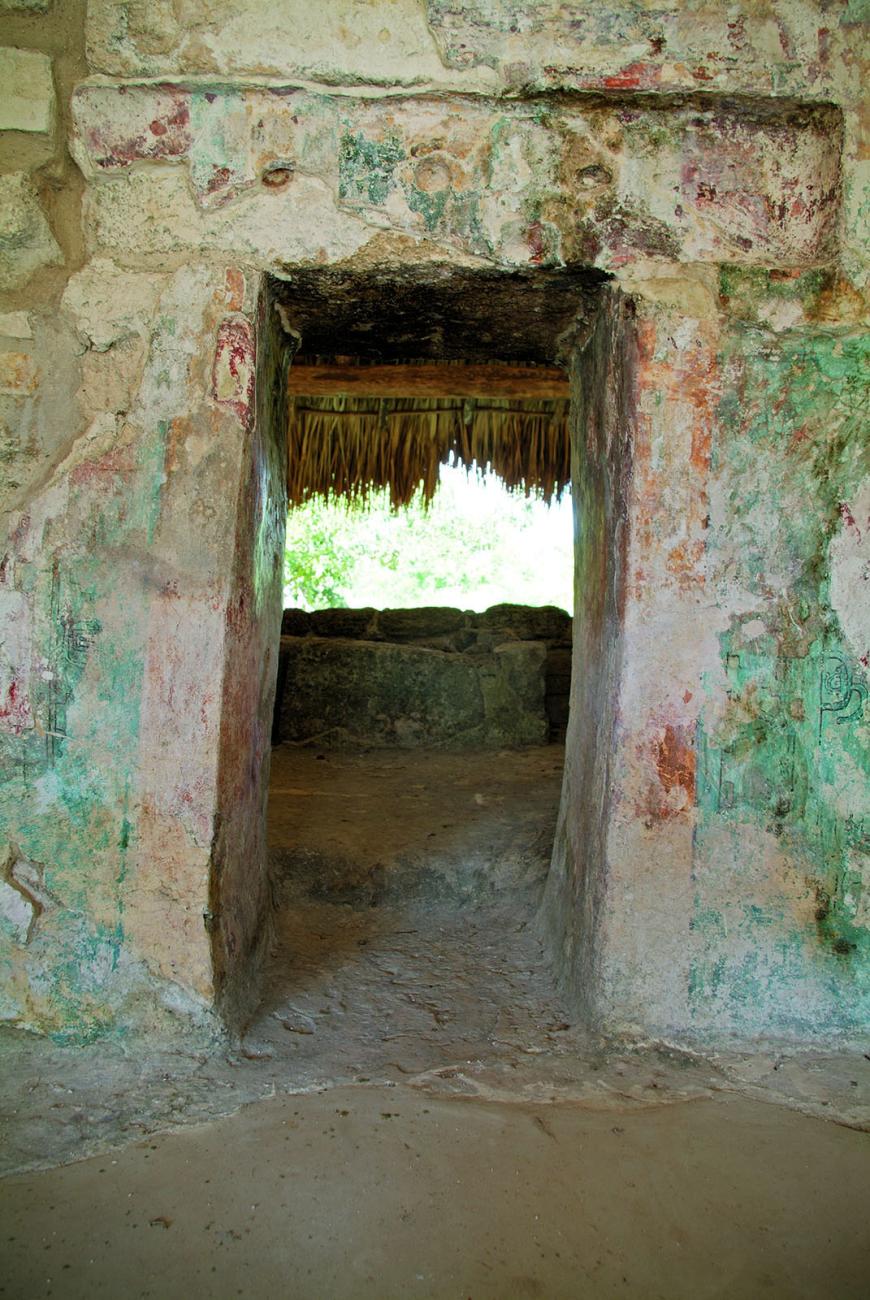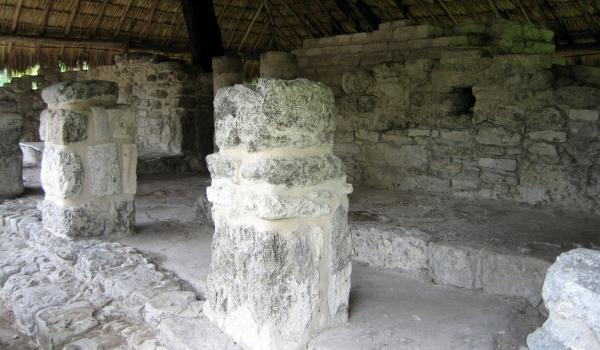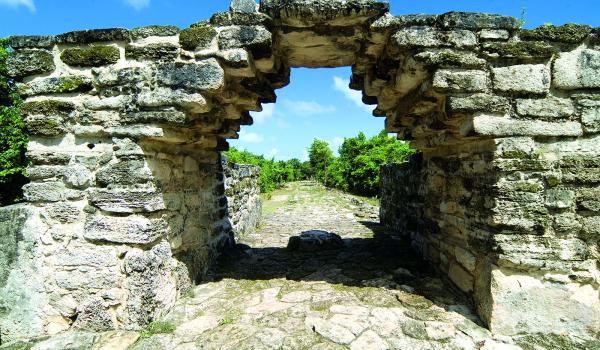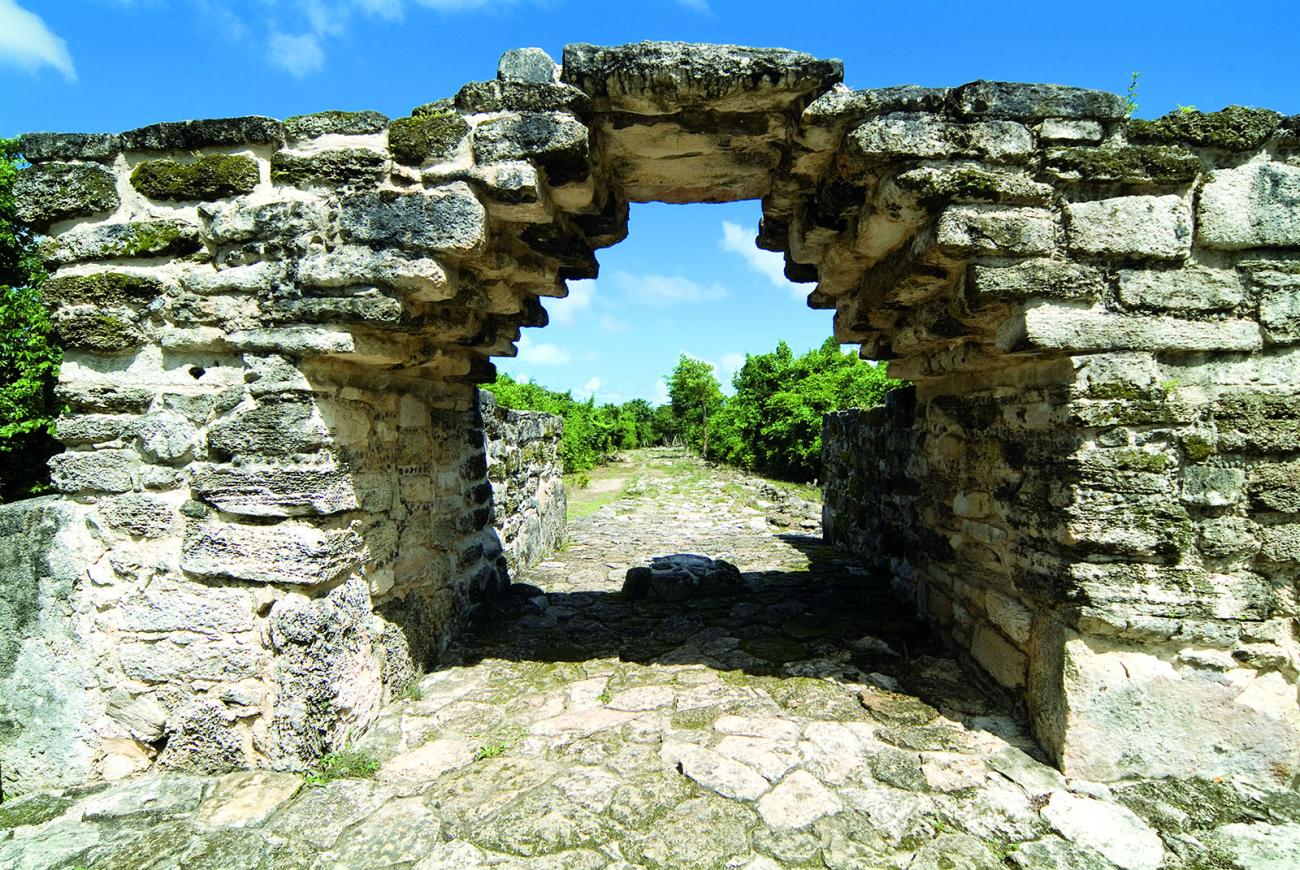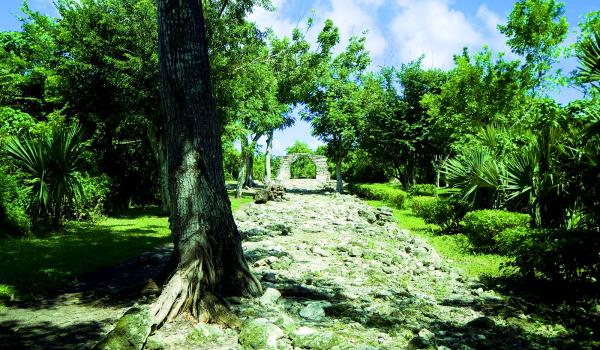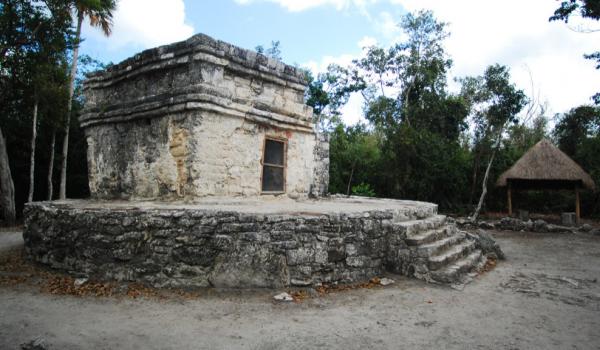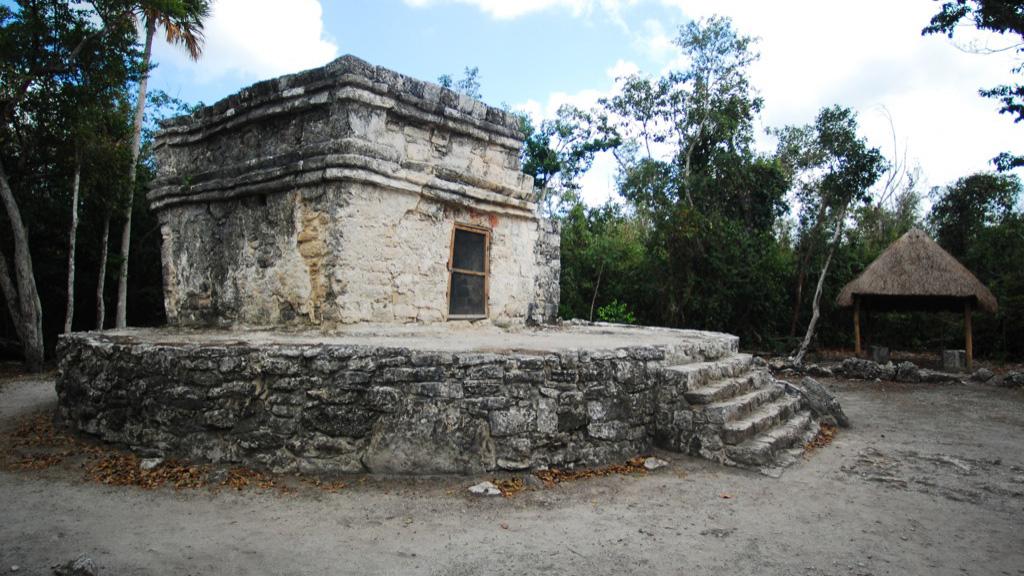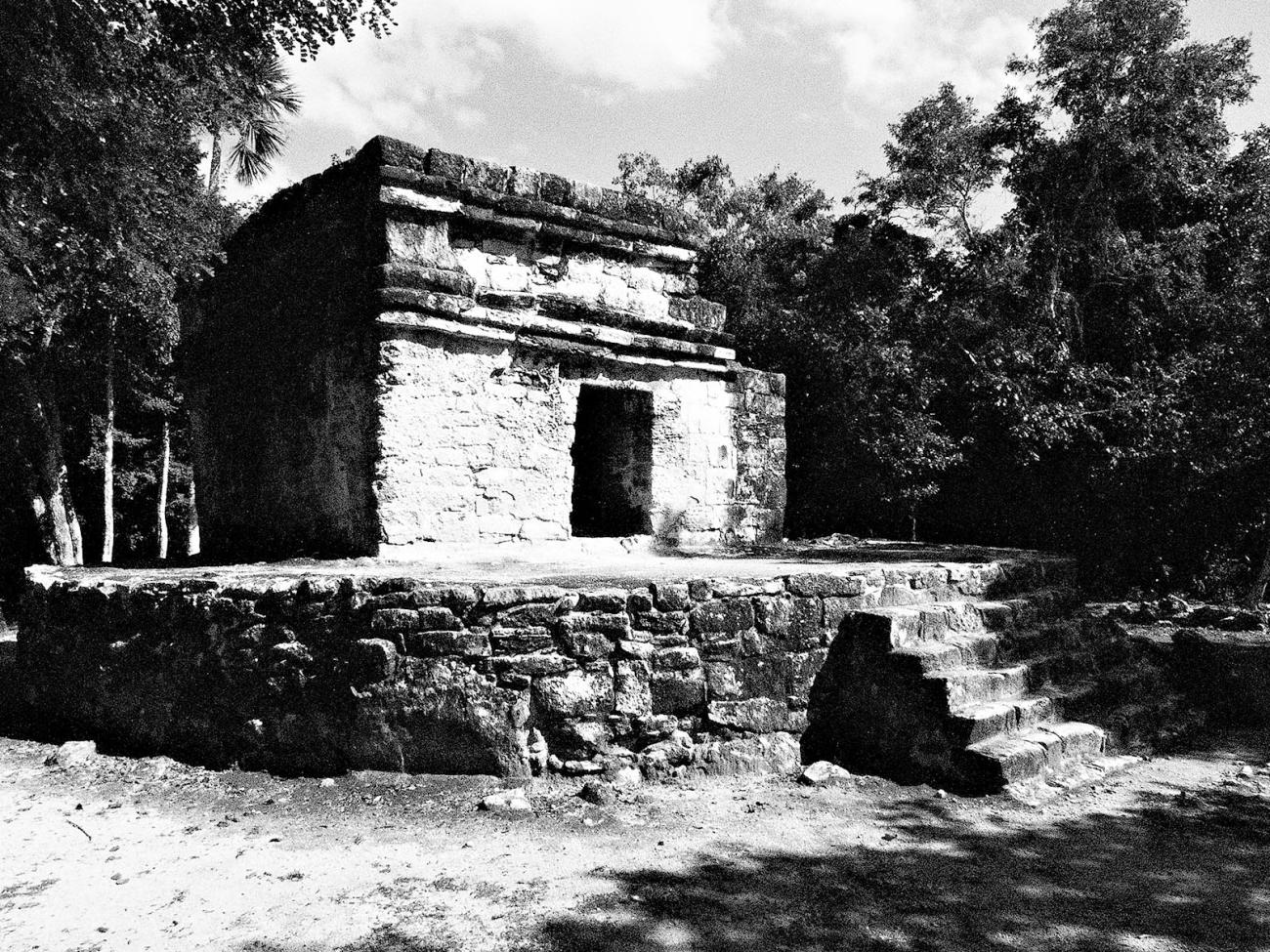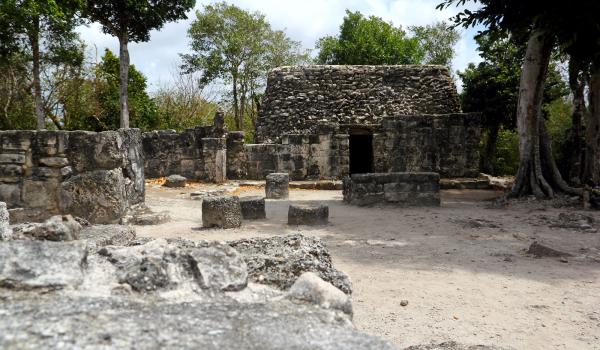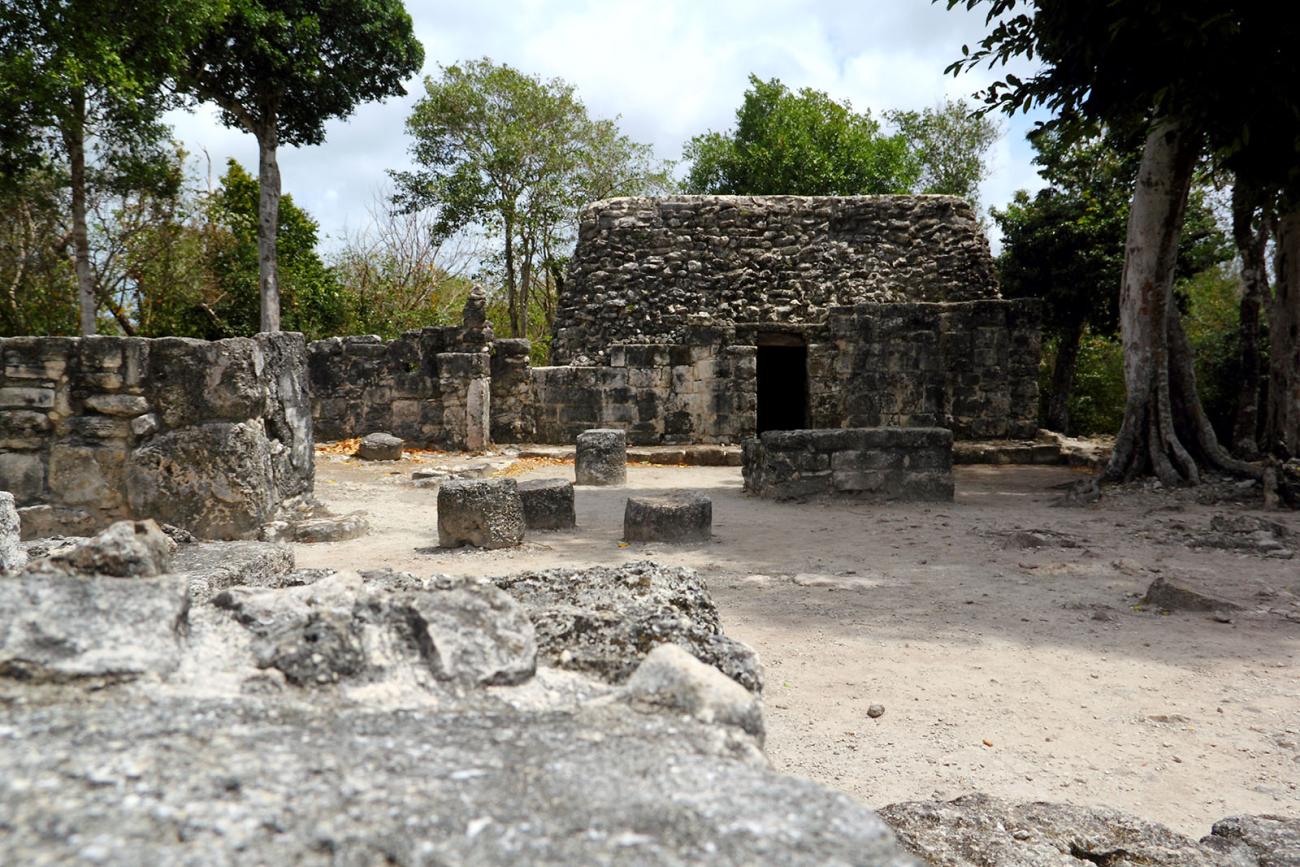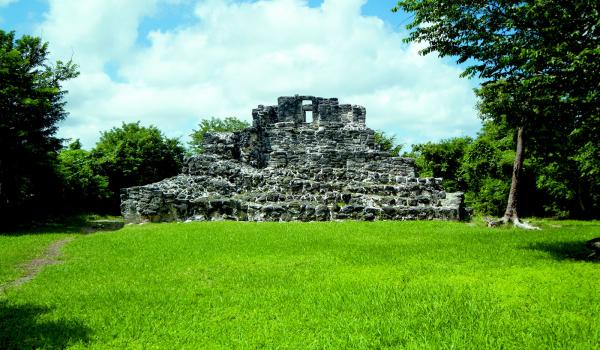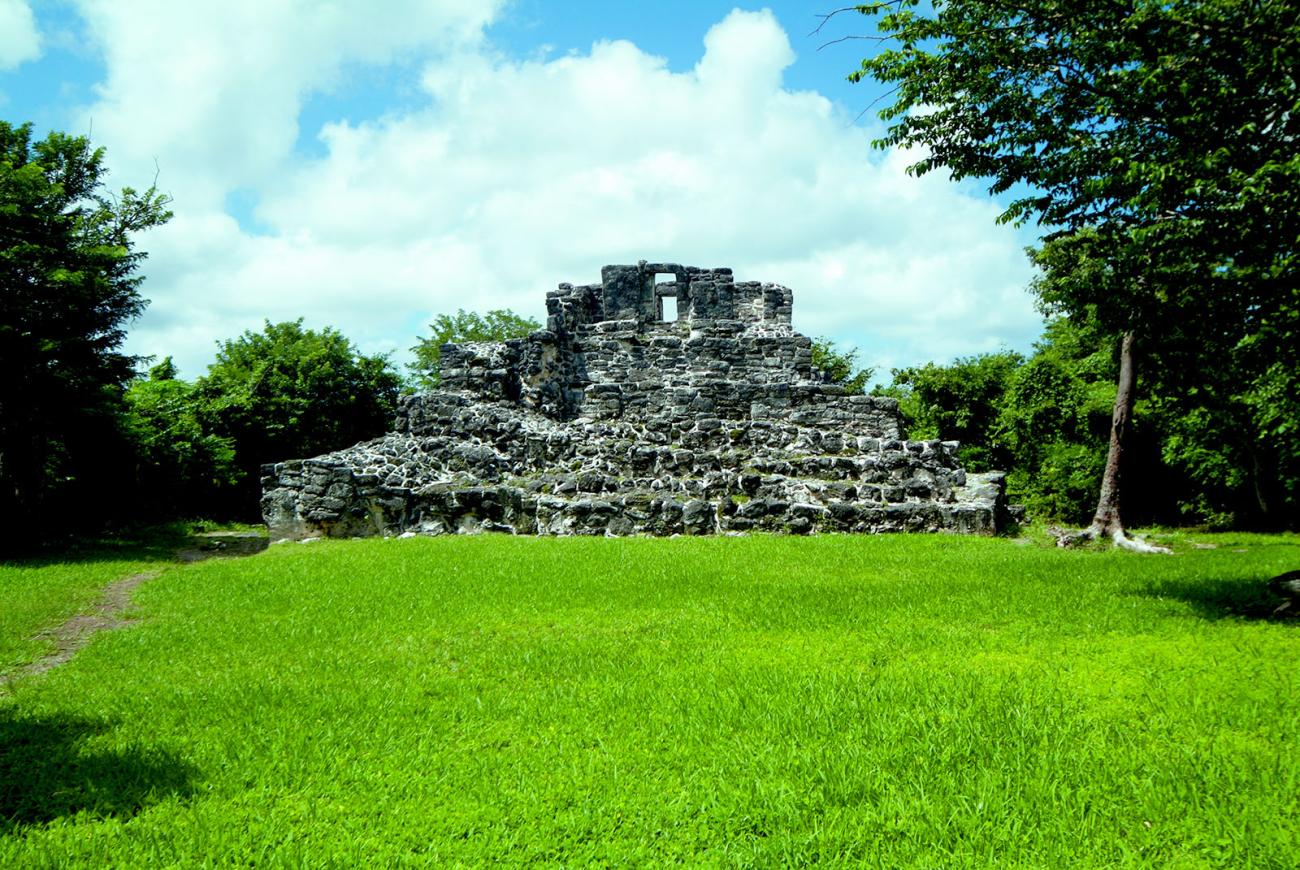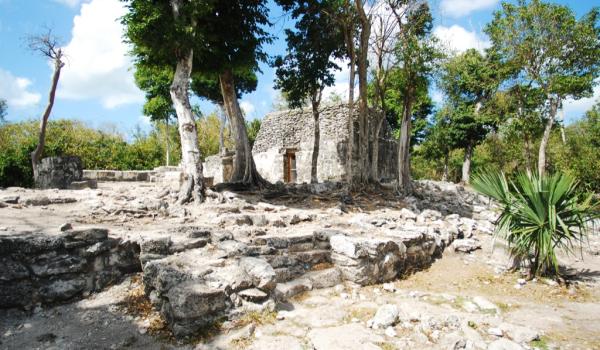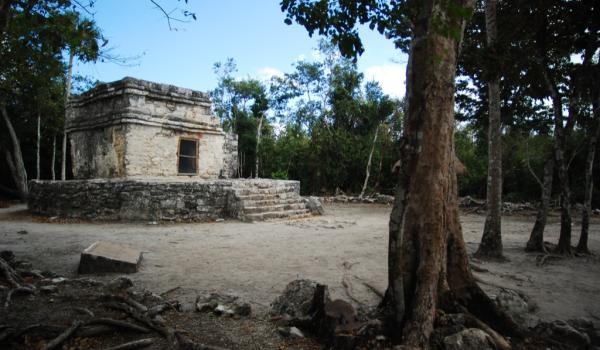The chronicler Diego López de Cogolludo and the Chilam Balam of Chumayel mention various Mayan settlements on the island at the time the Spanish arrived. One such well-known place or neighborhood was Tantum or Tantun. However it is not known for sure whether it was one and the same as the ancient pre-Hispanic city we know today as San Gervasio.
Archeological work carried out on the site since the 1970s has enabled it to be dated to around the year 300. A rapid process of growth began nearly 300 years later, marked by the appearance of both perishable and higher quality buildings, and by the possible strengthening of ties with the coastal sites of the north coast of Quintana Roo.
San Gervasio seems to have grown significantly after 1000, and the fact that it flourished from 1200 up to the arrival of the Spanish may have been influenced by the rise of Chichen Itza as the great political and economic center of the peninsula. The settlement became the largest on the island during this final period, which saw the construction of the majority of the buildings visible today. At the same time a network of lesser towns emerged, possibly related to San Gervasio, and located across the whole island. Cozumel was densely populated when the Spanish arrived, and it played a key role in the first stage of the conquest.

